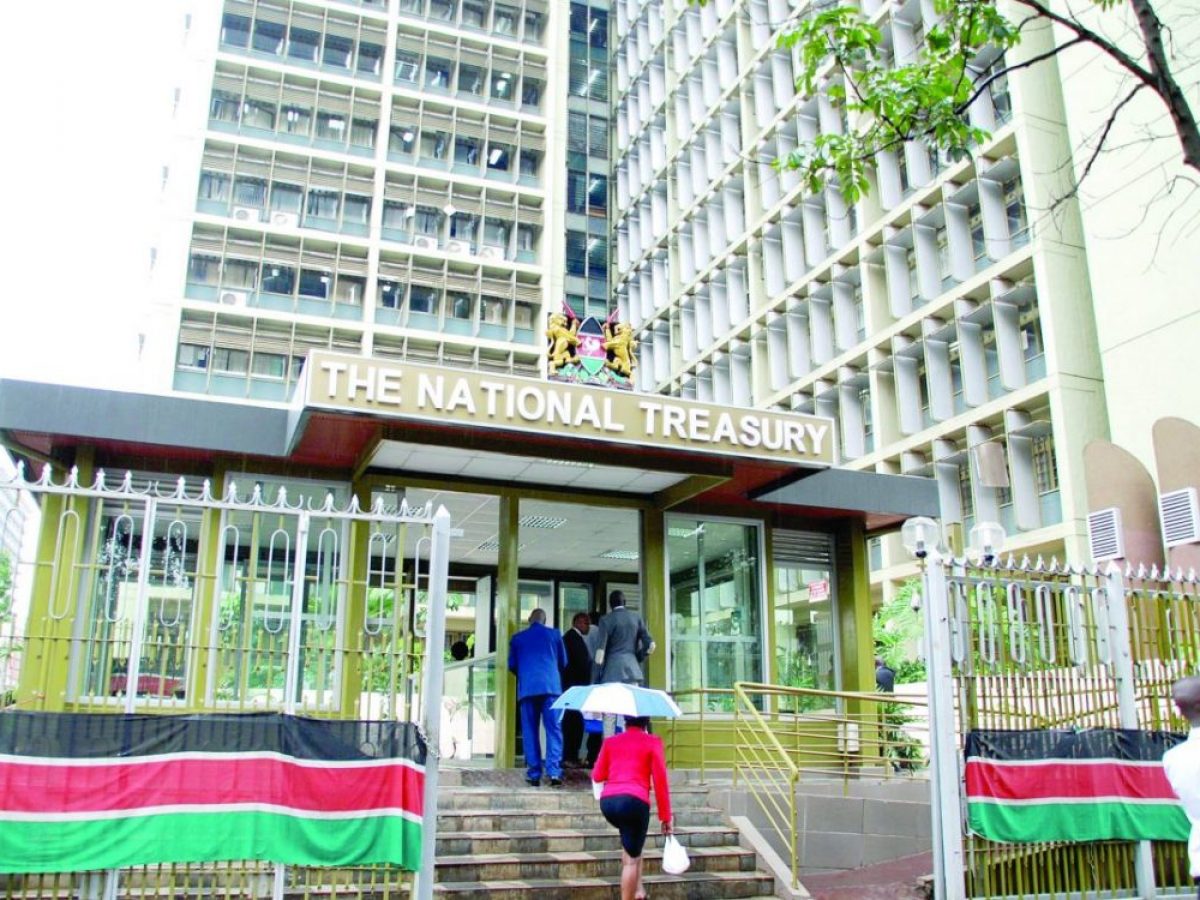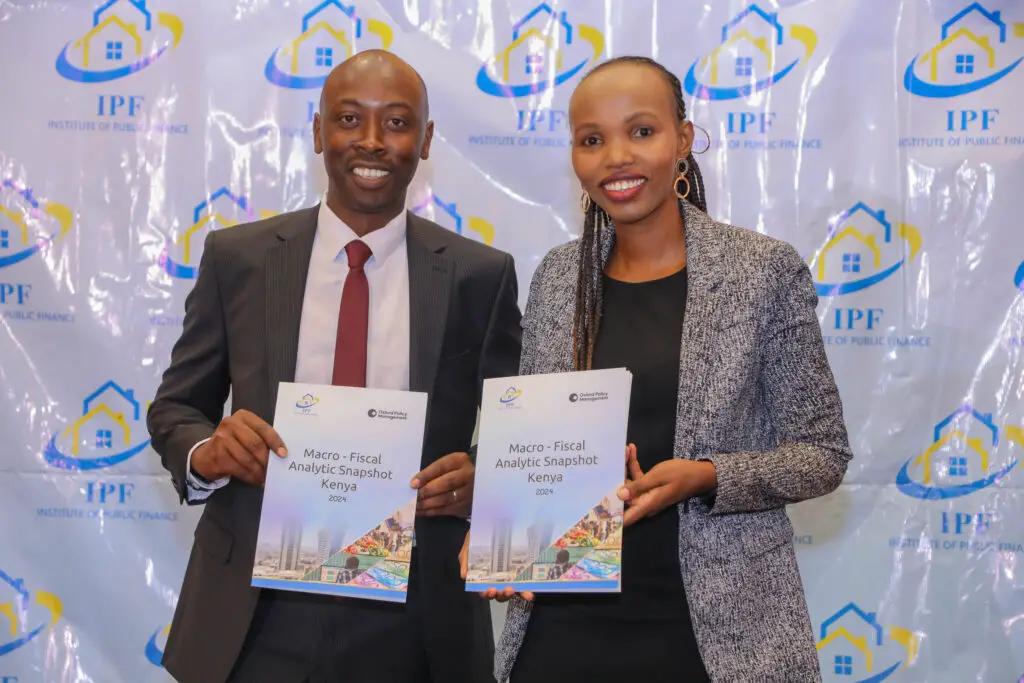- Kenya’s debt distress has escalated, with loan repayments falling due amid a depreciating shilling against the dollar.
- Other impediments include Kenya’s vulnerability to climate shocks such as drought and floods, which may derail growth over the long term.
- On the expenditure side, fiscal consolidation in the past two years has led to a real per capita spending decline.
Experts have warned that Kenya risks missing its economic growth targets in the medium term as it grapples with high debt distress and a deteriorating macroeconomic operating environment.
The country finds itself in a tight spot following years of successive borrowing, coupled with the inability of the private sector to create sufficient jobs for millions of young people entering the job market annually.
The latest finding by an economic think tank, the Institute of Public Finance (IPF), shows that since 2014, persistent high fiscal deficits have resulted in a swift escalation of public debt, now at 70 per cent of the GDP.
On a Tight Spot
Last year, Kenya was forced to part with half of its revenue collection to offset debt. New disclosures by the National Treasury show that Kenya’s debt repayment reached Sh600.73 billion (Sh3.7 billion) in December 2023. This meant that despite a rise in revenue collection, Kenyans had little to smile about as debt gobbled up 57 per cent of the Sh1.05 trillion tax revenues.
In a new report titled Macro Fiscal Analytical Snapshot Report, the economic think tank says that the recent depreciation of the Kenyan shilling against the US dollar signifies a downgrade in the country’s economic outlook.
IPF CEO James Muraguri notes that the elevated risk of debt distress, as highlighted by the IMF, poses challenges in effectively managing external debt servicing, warning that for Kenya to maintain robust economic growth, it must put in place the necessary fiscal levers to promote faster private-sector-driven growth.
“Revenue optimism has been a persistent problem in Kenya for several years which in the past has tended to result in higher-than-planned fiscal deficits financed by additional borrowing. More recently, rising global interest rates and a subsequent decline in inward foreign investments have caused the Kenyan shilling to depreciate steeply, significantly increasing the cost of external debt servicing and further putting pressure on Kenya’s foreign exchange reserves,” Muraguri noted.
Other impediments include Kenya’s vulnerability to climate shocks such as drought and floods, which may derail growth over the long term.
In addition, just like many African countries, growth in Kenya has been led by non-tradeable services, and exports have halved as a share of GDP, whereas external debts have increased. Kenya’s external debt service as a proportion of exports is significantly above the level the IMF considers sustainable for a country like Kenya. Even if the IMF reclassified Kenya as a country with “high” debt-carrying capacity, it would still breach the upper limit until at least 2027. (santaritalandscaping.com/)
Read Also: Kenya’s distressed debt levels a threat to development – experts
Fiscal Consolidation the Way Out for Kenya’s Debt Distress
While fiscal consolidation undertaken by the government over the past two years has relied on adjustments to expenditure, revenues have yet to recover fully to their pre-pandemic level. Revenue mobilisation fell sharply in 2019/20 due to the measures implemented to reduce the tax burden on businesses during the pandemic. Despite various reform measures being undertaken since then, revenues have slowly returned to pre-pandemic levels and have lagged previous projections and targets.
On the expenditure side, fiscal consolidation in the past two years has led to a decline in real per capita spending, impacting development and fiscal transfers to counties. Counties rely on national fiscal grants, constituting 91 per cent of expenditures, with limited own-source revenue (OSR) at 9 per cent.

“Until 2020/21, fiscal deficits were regularly higher than planned – the result of revenue optimism – and were financed by additional borrowing rather than corresponding cuts to expenditure. However, from 2021/22 onwards, this changed as Kenya’s debt dynamics started to bite as revenue shortfalls were matched by a comparable reduction in expenditure to ensure the deficit remained similar as planned. Given the limited room for borrowing to address revenue shortfalls for the foreseeable future, it is likely that revenue and expenditure will be more closely linked over the intervening period,” Muraguri added.
While the government expects expenditure to rise, particularly in debt interest and development spending, this is contingent on revenue performance. The evolving fiscal dynamics emphasize the delicate balance between managing debt vulnerabilities, revenue generation, and maintaining service delivery. The fiscal landscape at both the national and county levels requires a holistic approach to address revenue shortfalls, control expenditures, and foster economic resilience.
As Kenya navigates a complex economic landscape, sustaining robust growth and addressing fiscal challenges are imperative. The government’s dedication to fiscal consolidation and mitigating domestic and external risks will be pivotal in shaping Kenya’s economic trajectory.
Read Also: Kenya’s Debt Repayment Hits $3.7 Billion Amidst Failed Revenue Targets











